 Planetary Nebulae
Planetary Nebulae
CTA 1 (SNR G119.5+10.2), NGC 40 (Caldwell 2)
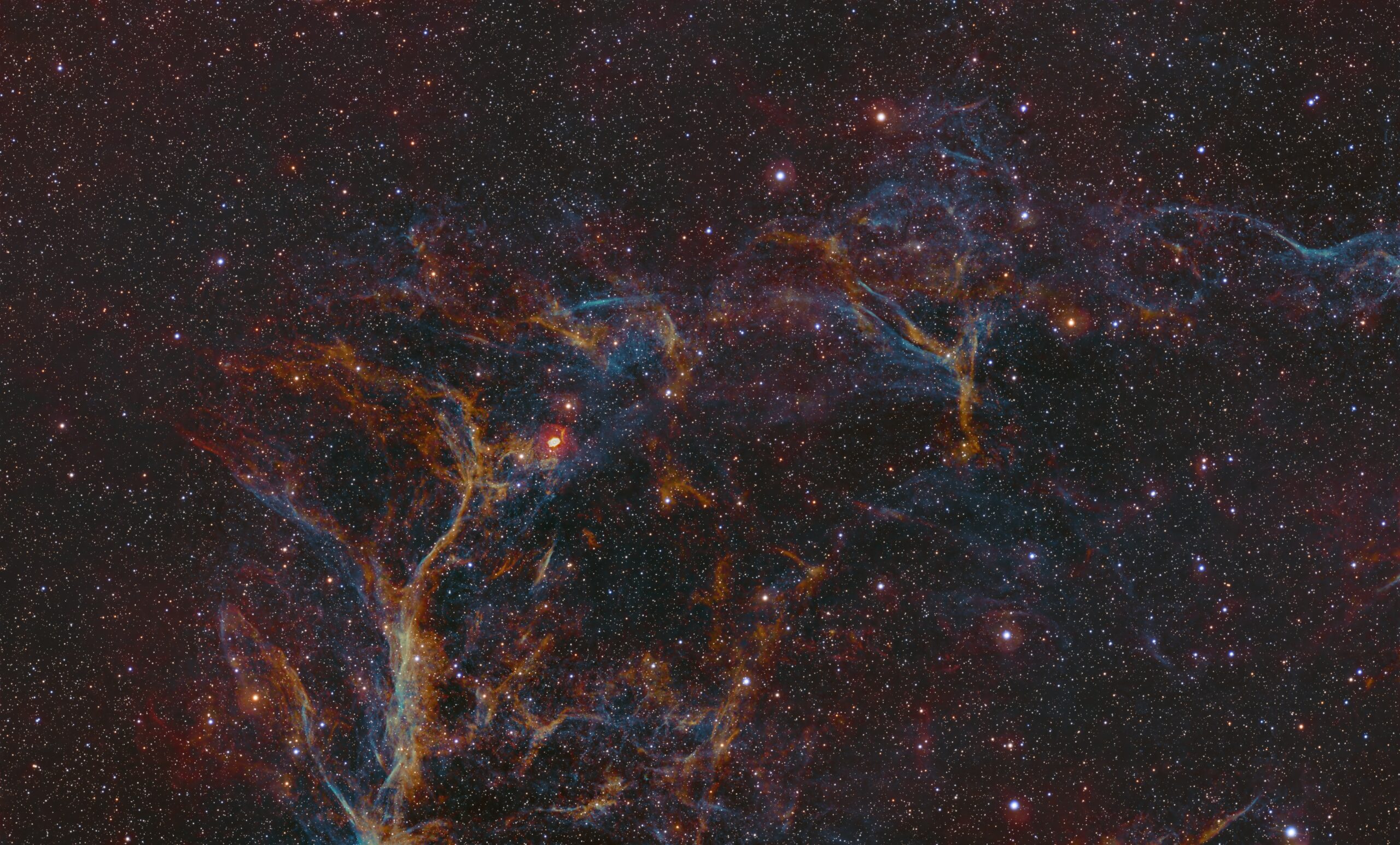
CTA 1 is a rarely imaged faint supernova remnant in constellation Cepheus about 4’600 light years from earth.
Read more “CTA 1 (SNR G119.5+10.2), NGC 40 (Caldwell 2)” Planetary Nebulae
Planetary Nebulae

CTA 1 is a rarely imaged faint supernova remnant in constellation Cepheus about 4’600 light years from earth.
Read more “CTA 1 (SNR G119.5+10.2), NGC 40 (Caldwell 2)” Supernova Remnants
Supernova Remnants
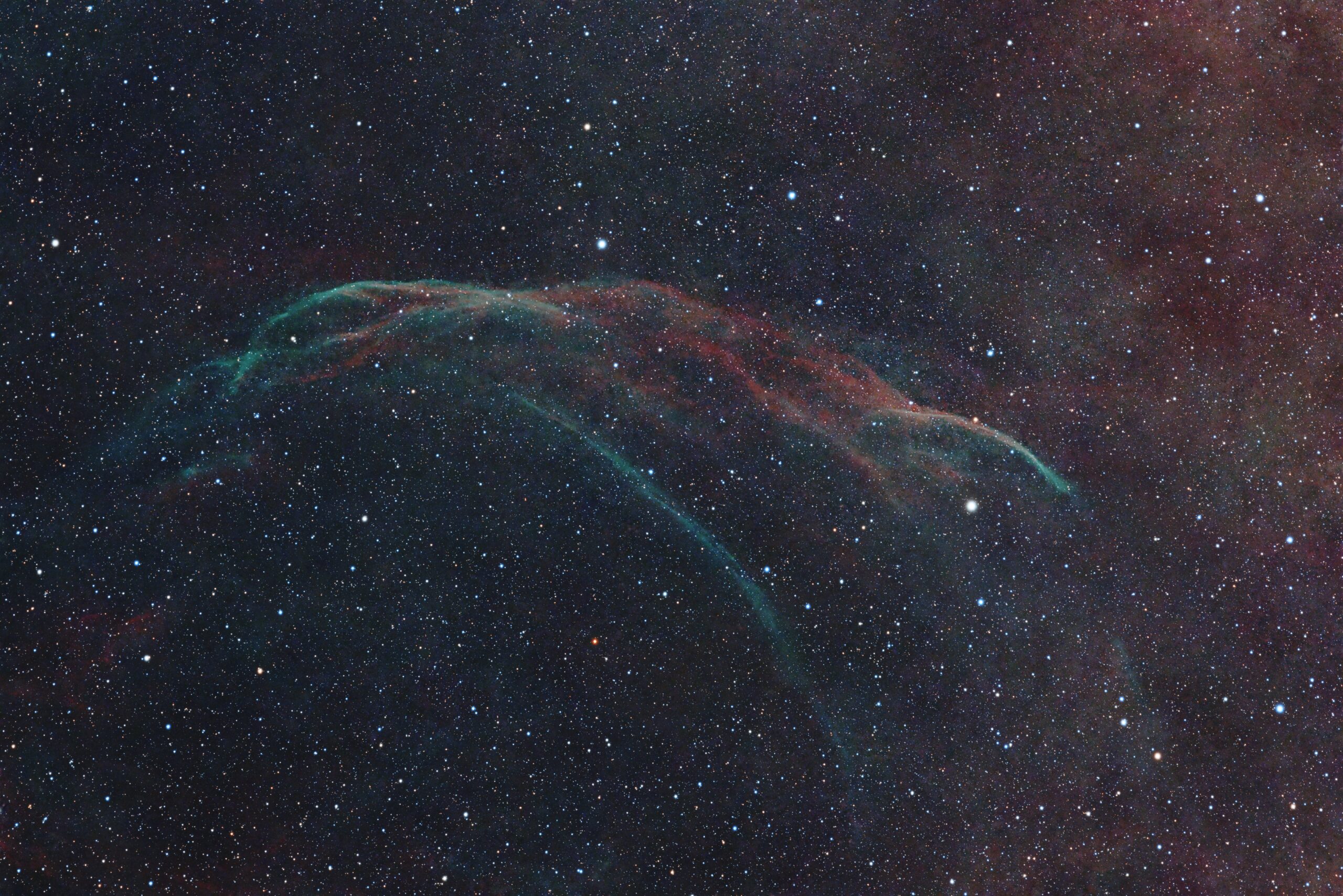
Another supernova remnant in constellation Cygnus. The progenitor star exploded about 30000 years ago in distance of about 2600 – 3000 light years and the expelled outer shells of the star span today an area in the sky with an diameter of 8 times the full moon. So what you see here is just the southern part of the nebula.
Read more “Sh2-91 (SNR G65.3+5.7)” Supernova Remnants
Supernova Remnants
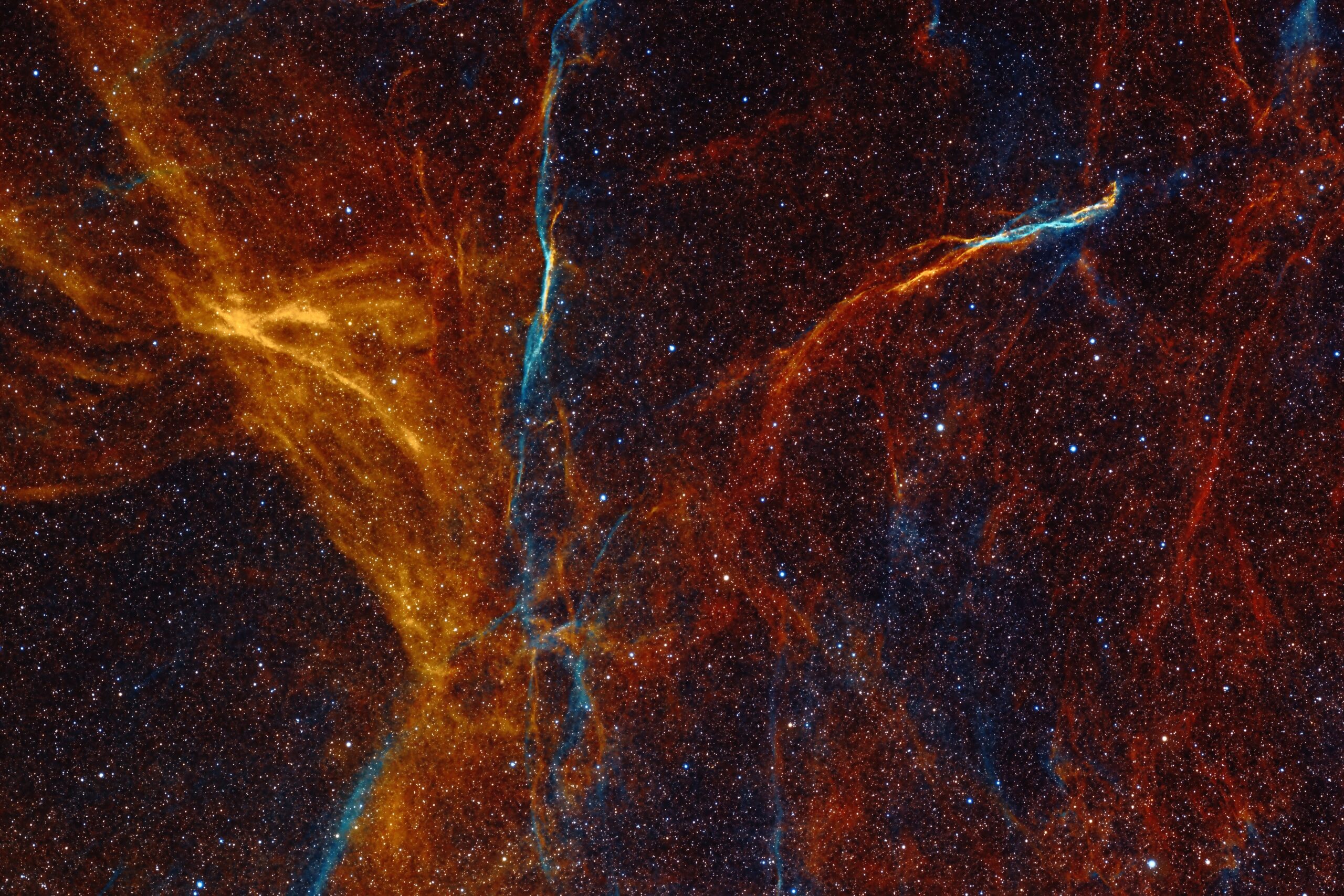
I recently posted already a part of this nebula complex, catalogued as Sh2-91.
Read more “Sh2-94 (SNR G65.3+5.7)” Supernova Remnants
Supernova Remnants
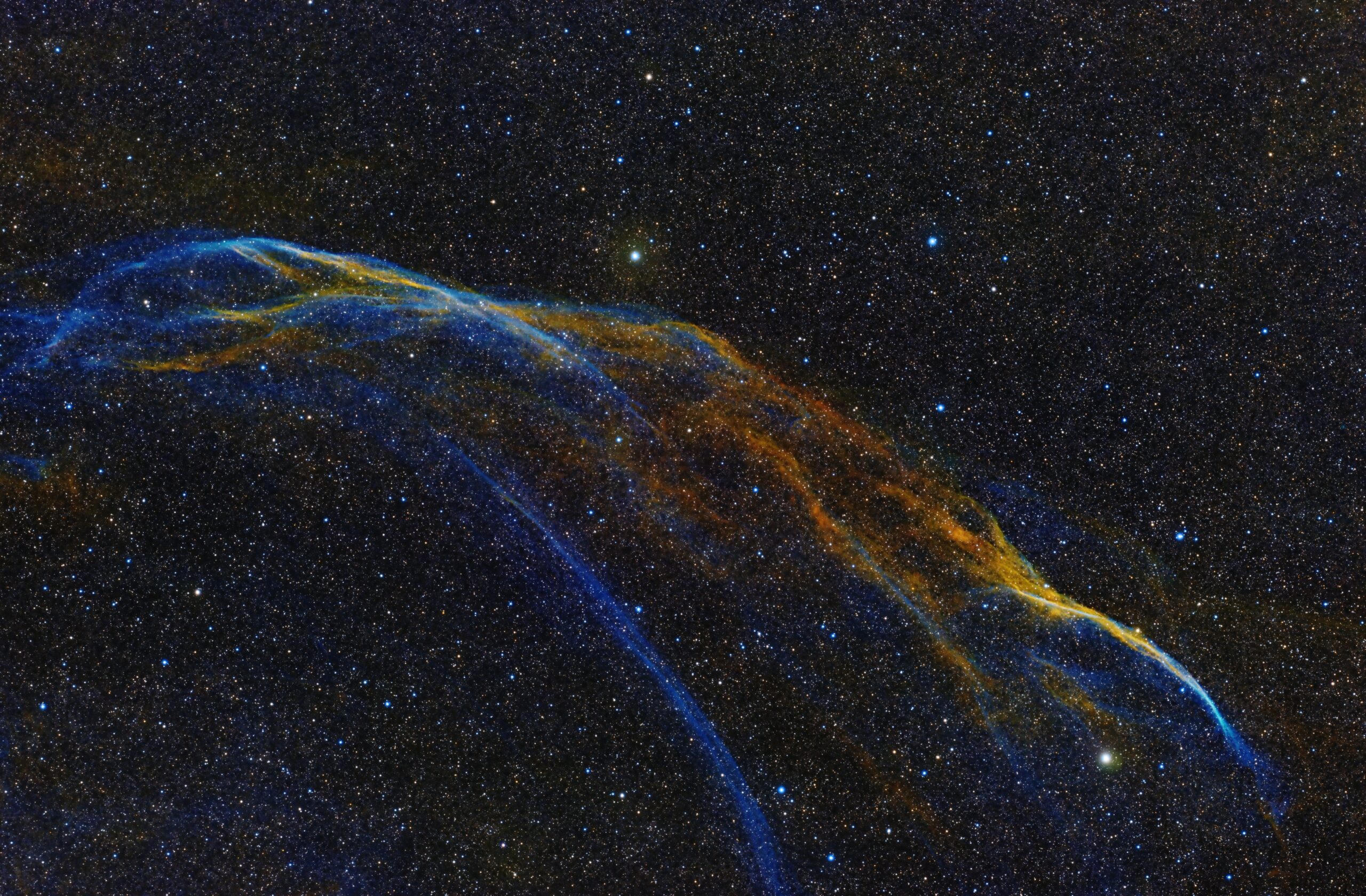
Another supernova remnant in constellation Cygnus.
Read more “Sh2-91 (SNR G65.3+5.7)” Supernova Remnants
Supernova Remnants
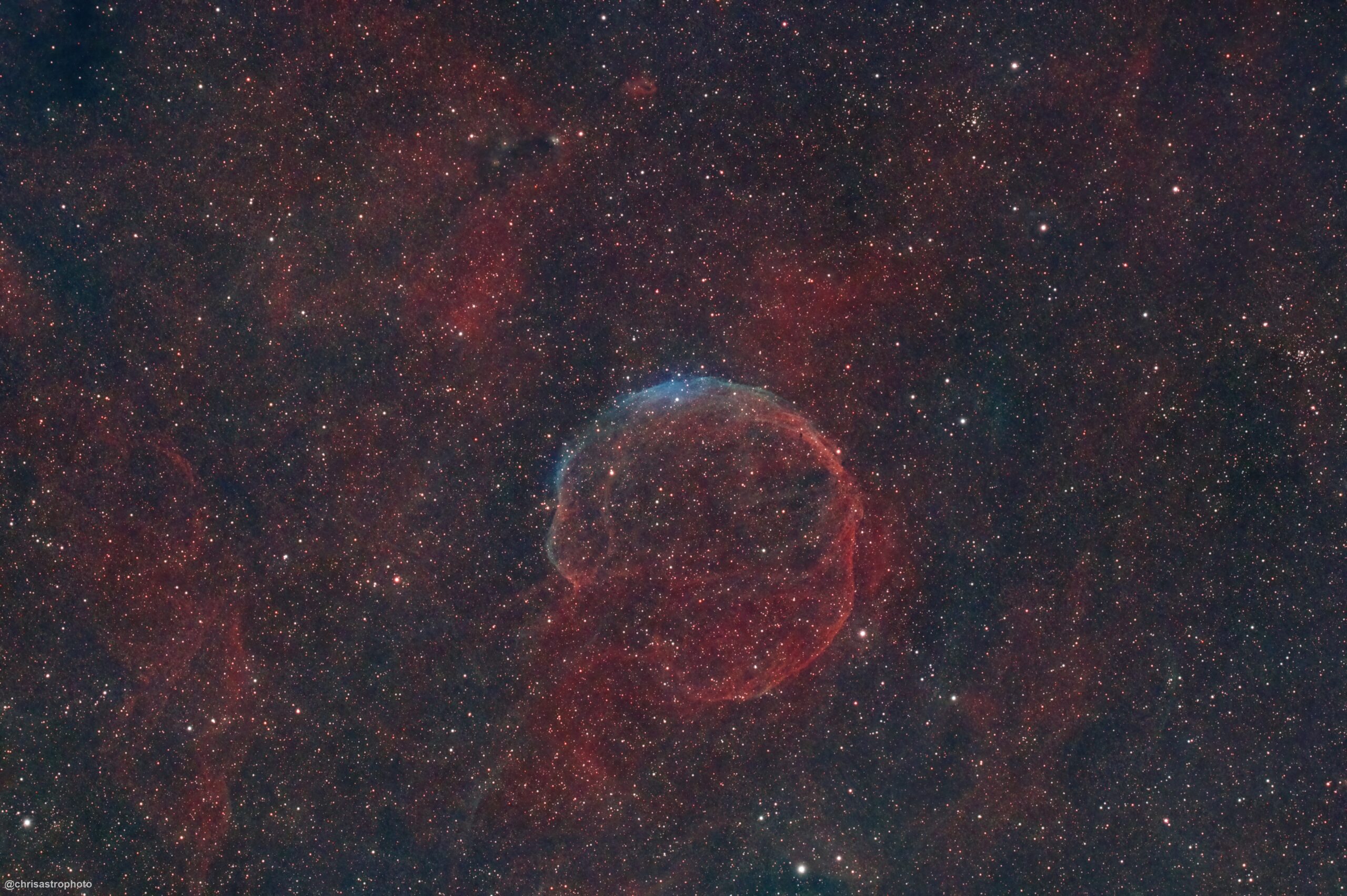
A supernova remnant in Cassiopeia. It was first classified as planetary nebula. But recent measurement suggest it to be the shockwave of a supernova blast about 10000 years ago at a distance of 10000 light years. The bubble has now a diameter of approximately 100 light years.
This object is pretty faint and difficult. The image has been acquired over three nights, partly through high clouds.
 Supernova Remnants
Supernova Remnants
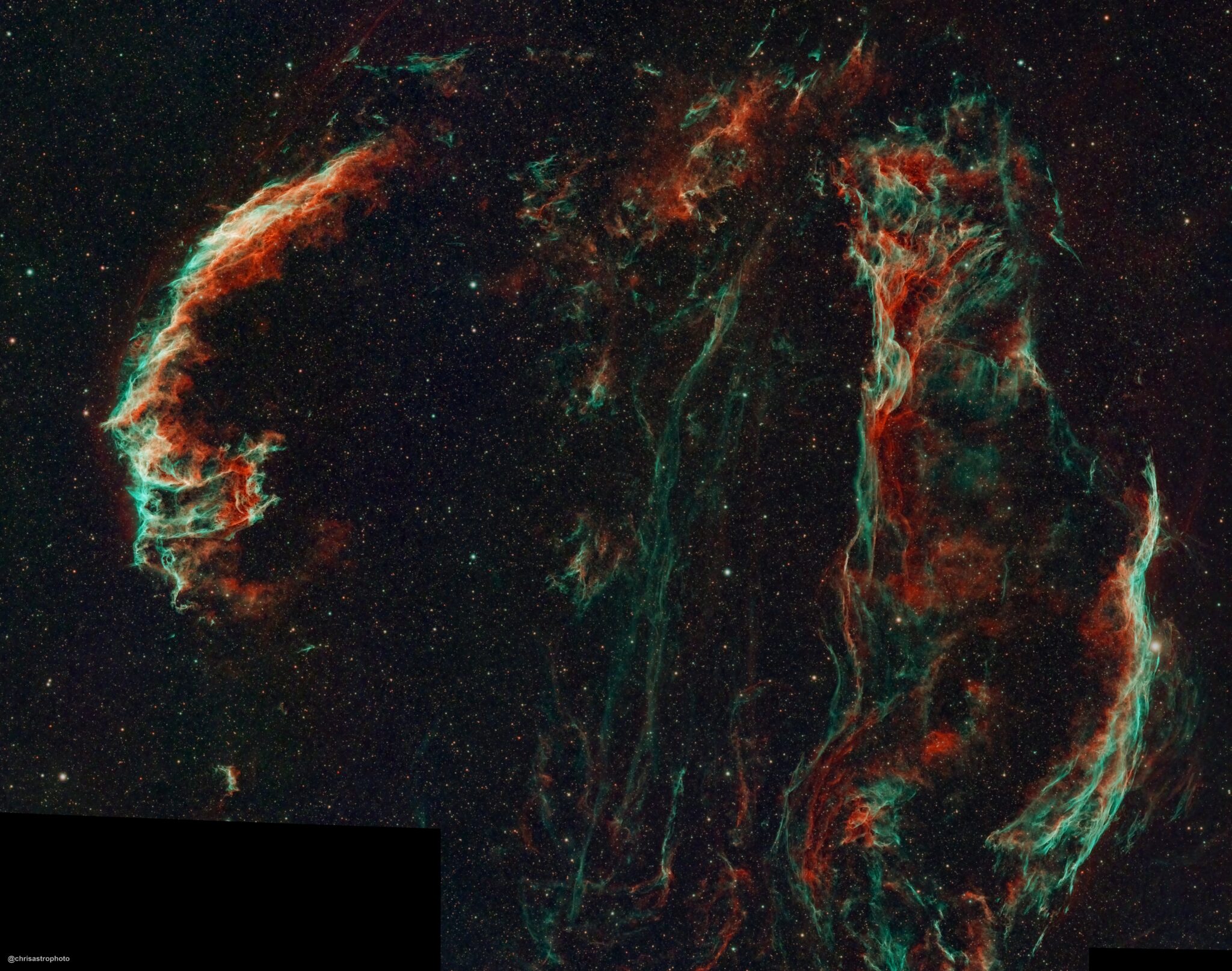
This is a three panel mosaic of this wonderful supernova remnant in Cygnus, maybe the largest in the sky. The progenitor star, 20 times more massive than our sun, exploded some 10000 to 20000 years ago in a distance of about 2400 light years from earth. The shockwave of that explosion still travels with high speed into interstellar gas and makes it glowing brightly in red Halpha and blue OIII light.
Read more “Cygnus Loop (Veil Nebula)” Other
Other
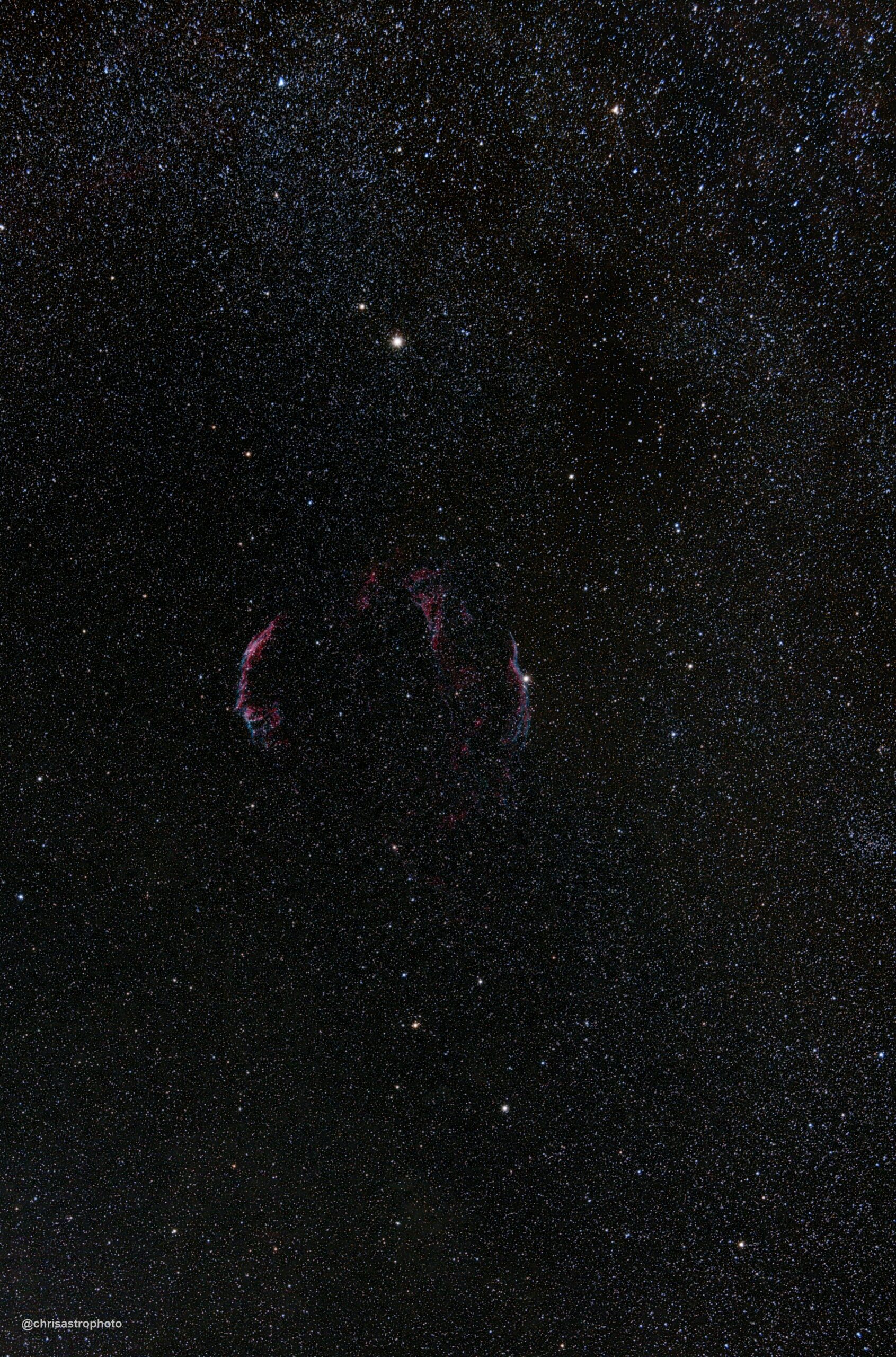
Veil Nebula, a supernova remnant in constellation Cygnus.
Read more “Veil Nebula”